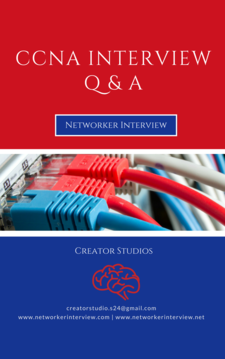What is SNMP?
The Simple Network Management Protocol (SNMP) enables a network device to share information about itself and its activities. It uses the User Datagram Protocol (UDP) as the transport protocol for passing data between managers and agents.
What are the Components of SNMP?
A complete SNMP system consists of the following parts:-
SNMP Manager - A network management system that uses SNMP to poll and receive data from any number of network devices. The SNMP manager usually is an application that runs in a central location.
SNMP Agent - A process that runs on the network device being monitored. All types of data are gathered by the device itself and stored in a local database. The agent can then respond to SNMP polls and queries with information from the database, and it can send unsolicited alerts or “traps” to an SNMP manager.
Which Ports are used in SNMP?
SNMP uses the UDP port 161 for sending and receiving requests, and port 162 for receiving traps from managed devices.
Explain MIB?
MIB is a hierarchical Database Structure for information on the device. Example - serial numbers are in a specific location, NIC Statistics etc.
What are different SNMP versions?
There are different versions of SNMP - SNMP V1, SNMP V2c, and SNMP V3.
SNMP version 1 - It is the oldest flavor. It is Easy to set up – only requires a plaintext community.
SNMP version 2c - It is identical to Version 1, except that it adds support for 64-bit counters.
SNMP version 3 - It adds security to the 64-bit counters. SNMP version 3 adds both Encryption and Authentication, which can be used together or separately.


